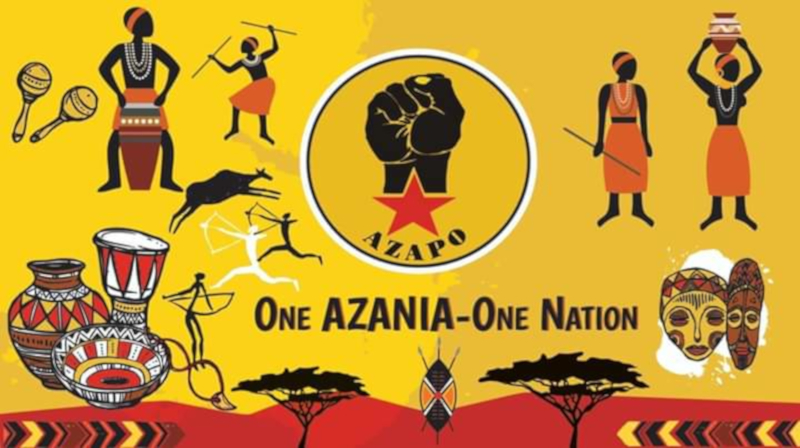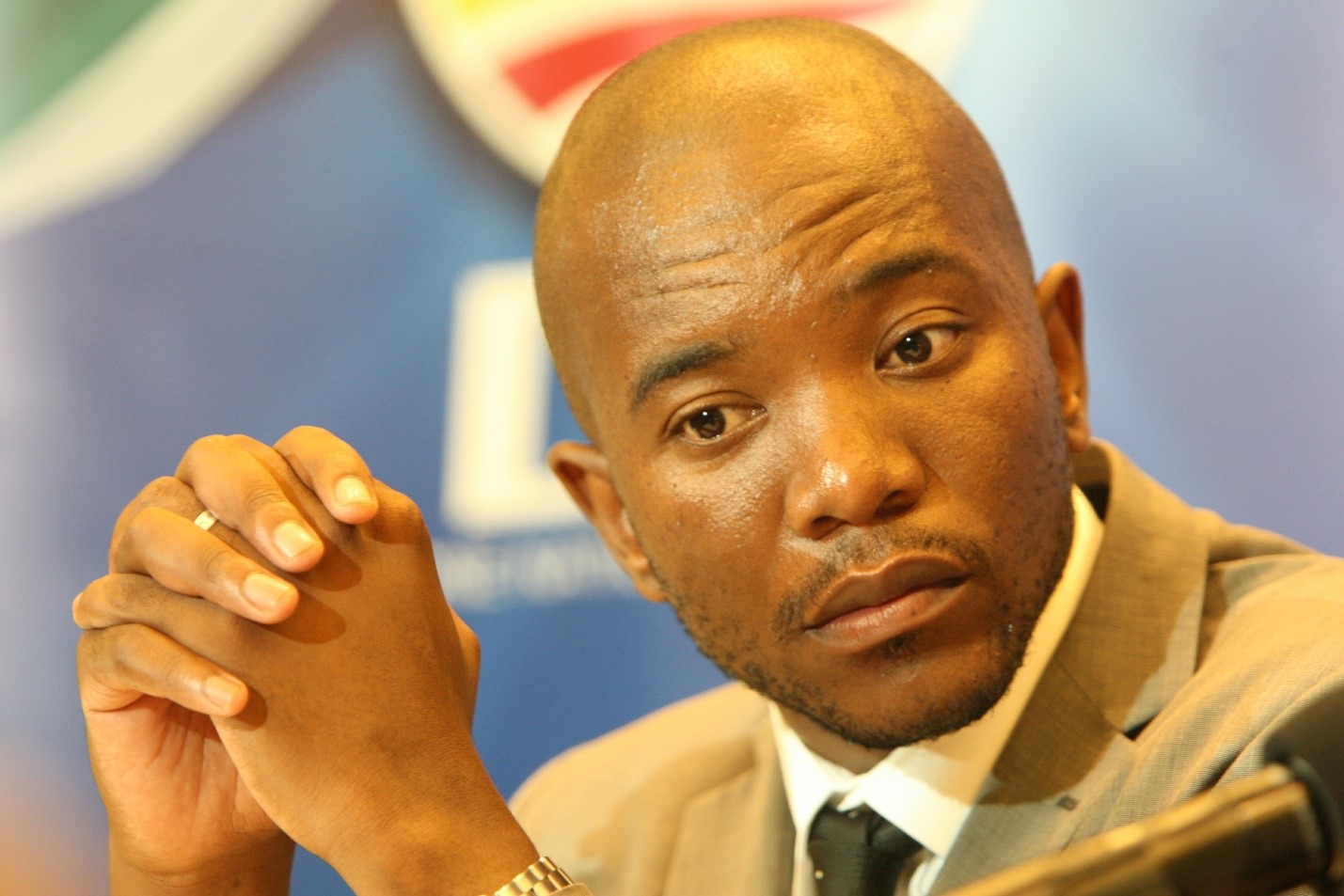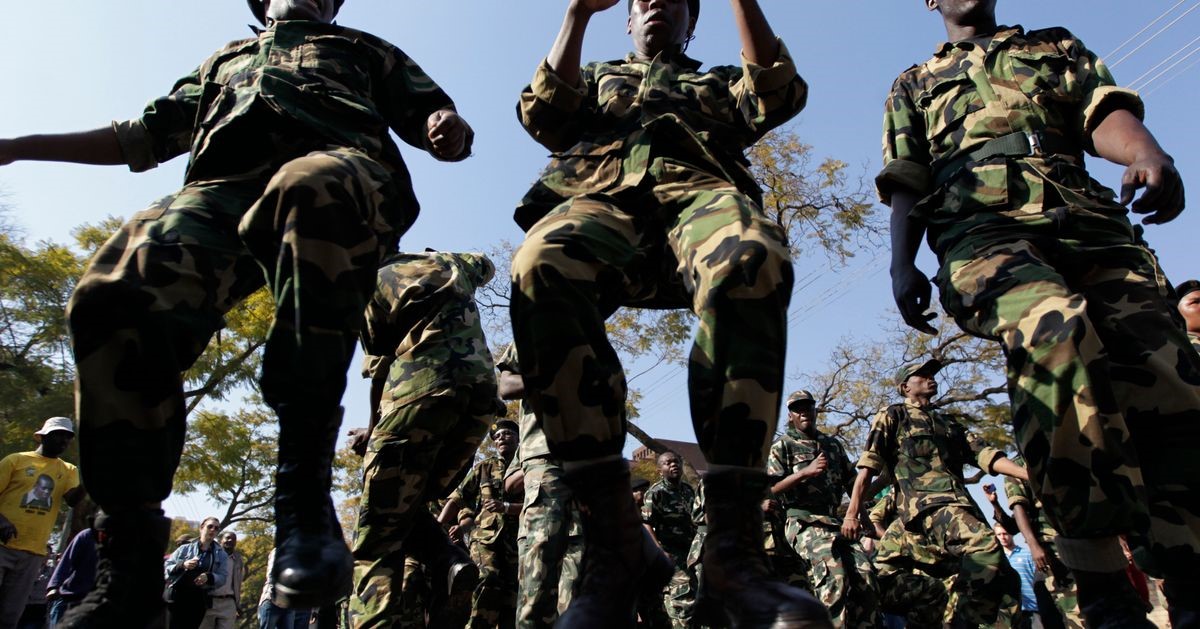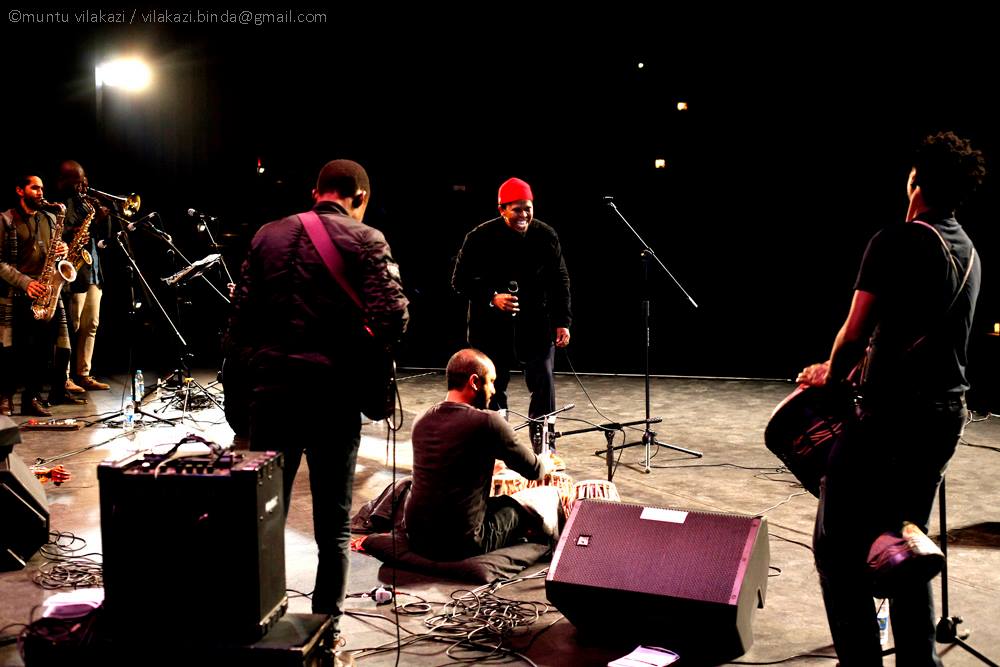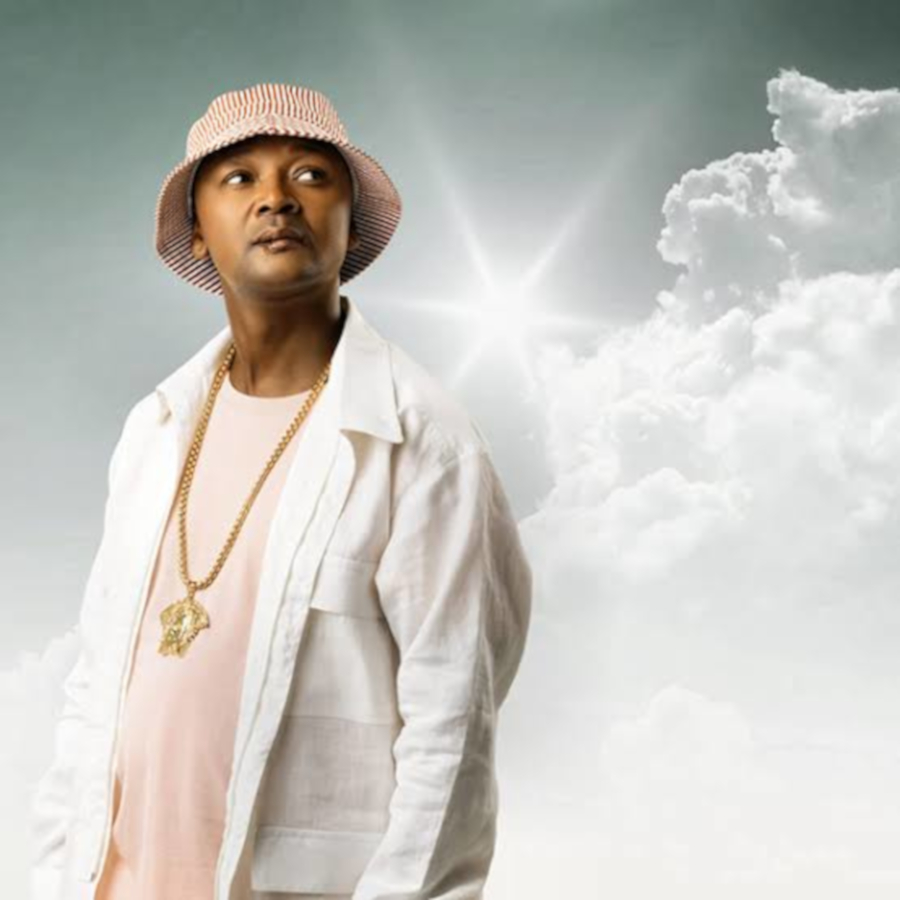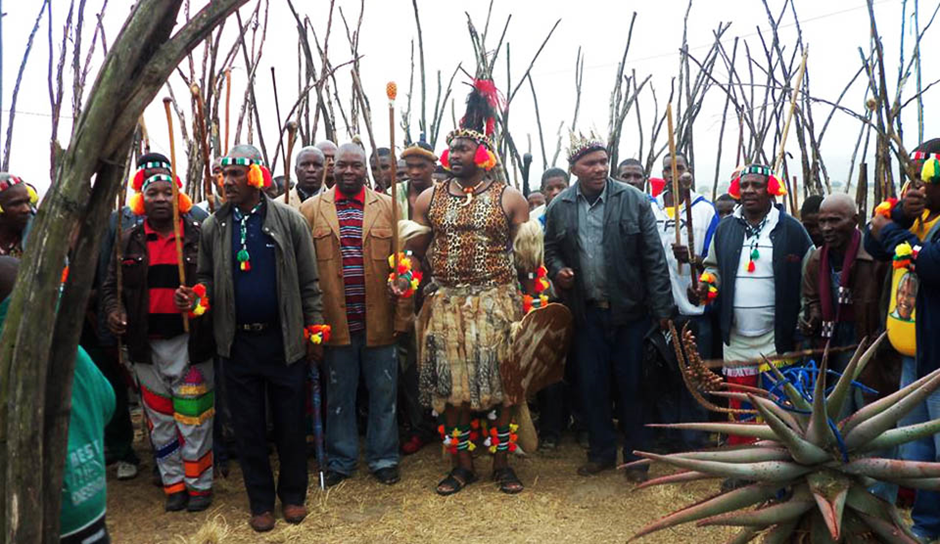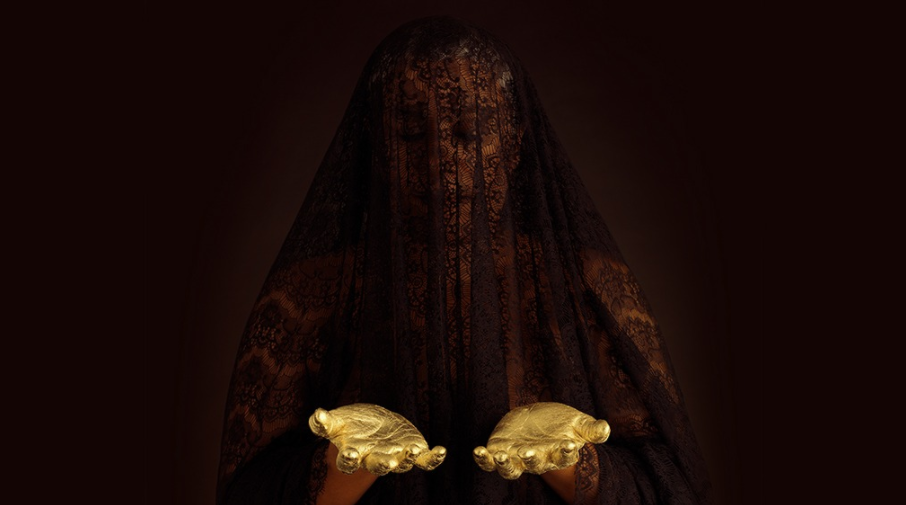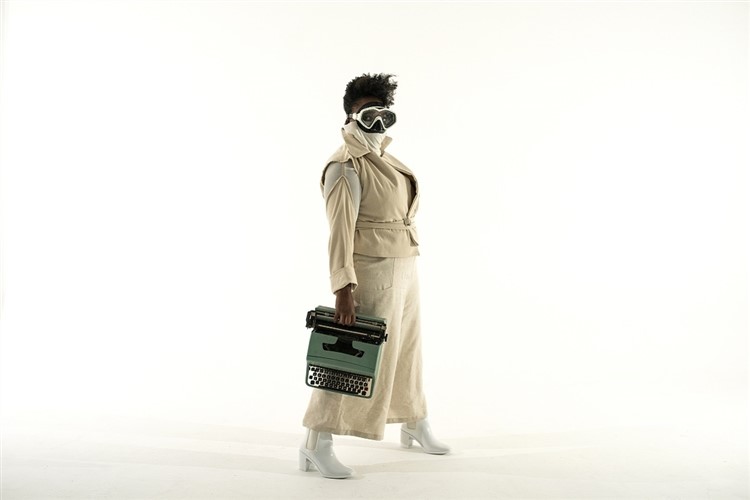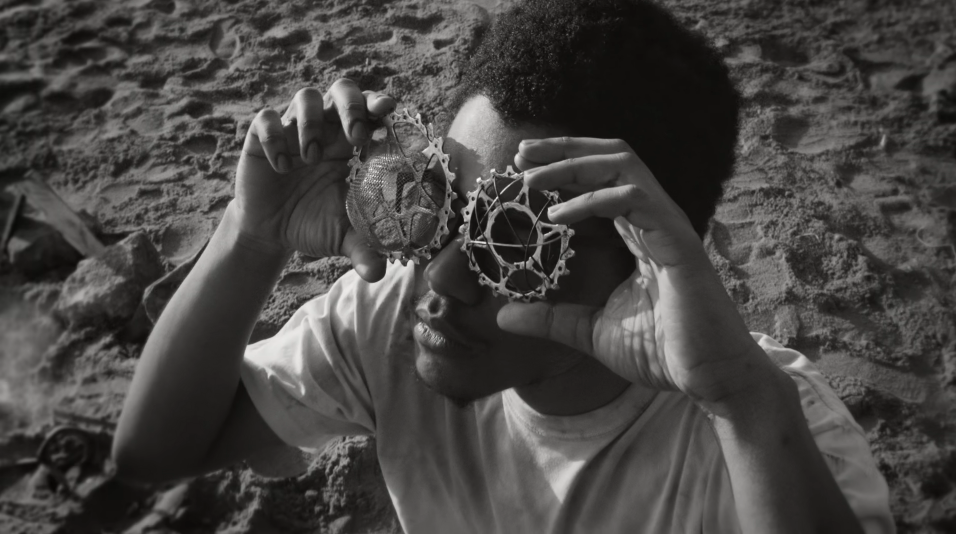Umkhonto we Sizwe (MK) had Chris Hani. The Azanian People’s Liberation Army (APLA) had Sabelo Phama. The Azanian National Liberation Army (AZANLA) had Nkutšoeu Skaap Motsau.
Motsau, who was Scretary for Defence and Military Affairs of the exiled Black Consciousness Movement of Azania (BCMA), died on Friday (28 June 2019) morning in a Cape Town hospital. He had been mainly bed-ridden since a near fatal accident that left him quadriplegic in 2006. He was 66 years old.
Hani and Phama did not live to see the democratic transition of April 1994 as both of them died the year before. Hani was shot and killed by Januz Waluz, while Phama died in a mysterious car accident in Tanzania. Maybe both Hani and Phama were lucky that they did not live to see the irony of the "new South Africa" that condemned many freedom fighters to poverty and unemployment, while the defenders of apartheid continue to enjoy better privileges and benefits.
Wapapa, as Motsau was affectionately and admirably referred to by AZANLA combatants who saw him as their political and revolutionary father, is one of those unsung heroes of the Azanian revolution. His immense contribution is largely unknown to many people in this country. He literally gave his entire life to the struggle against colonialism and for total liberation of the country, he called Azania.
He had just completed his matric at Moroka High in Thaba-nchu in the Free State, when he was arrested for reading a poem at a political rally. The poem was considered by the then racist Nationalist Party regime to be dangerous because they deemed it to be furthering the objectives of communism. They not only detained the young man, but also sent him to Robben Island for five years, where he served his jail term from 1973 to 1979. Motsau was the second Black Consciousness leader to be jailed on Robben Island. He joined Mosibudi Mangena, who was also serving a five-year jail term.
Motsau joined the Steve Biko-inspired Black People's Convention (BPC) in 1972 and attended its first Congress in the same year in Hamaanskraal near Pretoria.
He led the Sharpeville Branch of the National Youth Organisation (NAYO) - BPC's youth wing.
It was his association with BC that he wrote the poem that led to his arrest and imprisonment in 1973. He was released from Robben Island in 1979. In 1982 he left the country for exile after he was called to serve in the BCMA as the Secretary for Defence and Military Affairs. His immediate task was to consolidate the military efforts of the BCM into AZANLA. In that capacity, he travelled to countries like Libya, Eritrea, Kenya, Djibouti, Tanzania and a number of Asian and European countries to argue the AZANLA case.
To build this guerrilla army, Motsau was sent to Eritrea as part of an AZANLA Unit where they had to learn the skills required to build and run a people's army. They were hosted by the Eritrean People's Liberation Front.
His dangerous stunts of venturing into South Africa resulted in him being arrested in the then Bophuthatswana homeland in 1993.
At the dawn of democracy in 1994, he returned to South Africa as part of the exiles of the Liberation Movement. Because AZAPO and BCMA boycotted the 1994 general elections, arguing that the Kempton Park settlement would not deliver true liberation because it compromised on the key issue of land and the transfer of the ownership of the wealth of the country. Twenty-five years later, it has become obvious to all and sundry that indeed April 1994 only delivered the vote but failed on the critical issue of land, which was the principle demand of the liberation struggle.
AZANLA soldiers were not integrated into the SANDF. Motsau was one of those who were not integrated.
At the 1994 Merger Congress of AZAPO and BCMA, Motsau was elected as the Political Commissar and served in the national leadership until he got involved in a car accident in 2006.
The near-fatal accident changed Motsau’s life. He could not put the pieces of that accident together. He had lost control of his car at a curve as he was driving out of Sharpeville. Inspection of the car after the accident showed that the left front wheel had no bolts and the shock absorber was loose. His passenger lost the fight for his (passenger’s) life in the Intensive Care Unit (ICU).
Motasu was certified quadriplegic, meaning that he had a severe spinal cord injury resulting in him losing sensation and therefore paralysed from the neck to the toe. He could not feed himself, wash or move his limbs. That notwithstanding, that never resulted in him losing his sting; for I witnessed him the other day shouting angrily at an annoying comrade he promised to kick ‘very badly’.
After the accident, he spent almost a year in hospital. A quarter of that was spent in Johannesburg where the doctors thought he would not make it, and approached the family to allow them to ‘release’ Cde Skaap in his sleep. Obviously, the family refused. He was later referred to a Cape Town hospital where the battle to save his life intensified.
We are unable to forget that Motsau was not the first African Azanian revolutionary to get injured or die in a mysterious car accident. Muntu Myeza, Kgalebi Jeff Masemola, and Sabelo Phama died under such foul circumstances.
In 2008 he was elected the National Chairperson of AZANLAMVA, a position he held until he stepped down at the association's Congress in June this year.
Motsau, who was born at Top Location, a dusty township which later developed into what is today known as Sharpeville, was born on June 20 1953. He is survived by his wife Nosiphiwo, three daughters – Mojabeng, Tsiboho and Holokile, and his sister Mosili.

